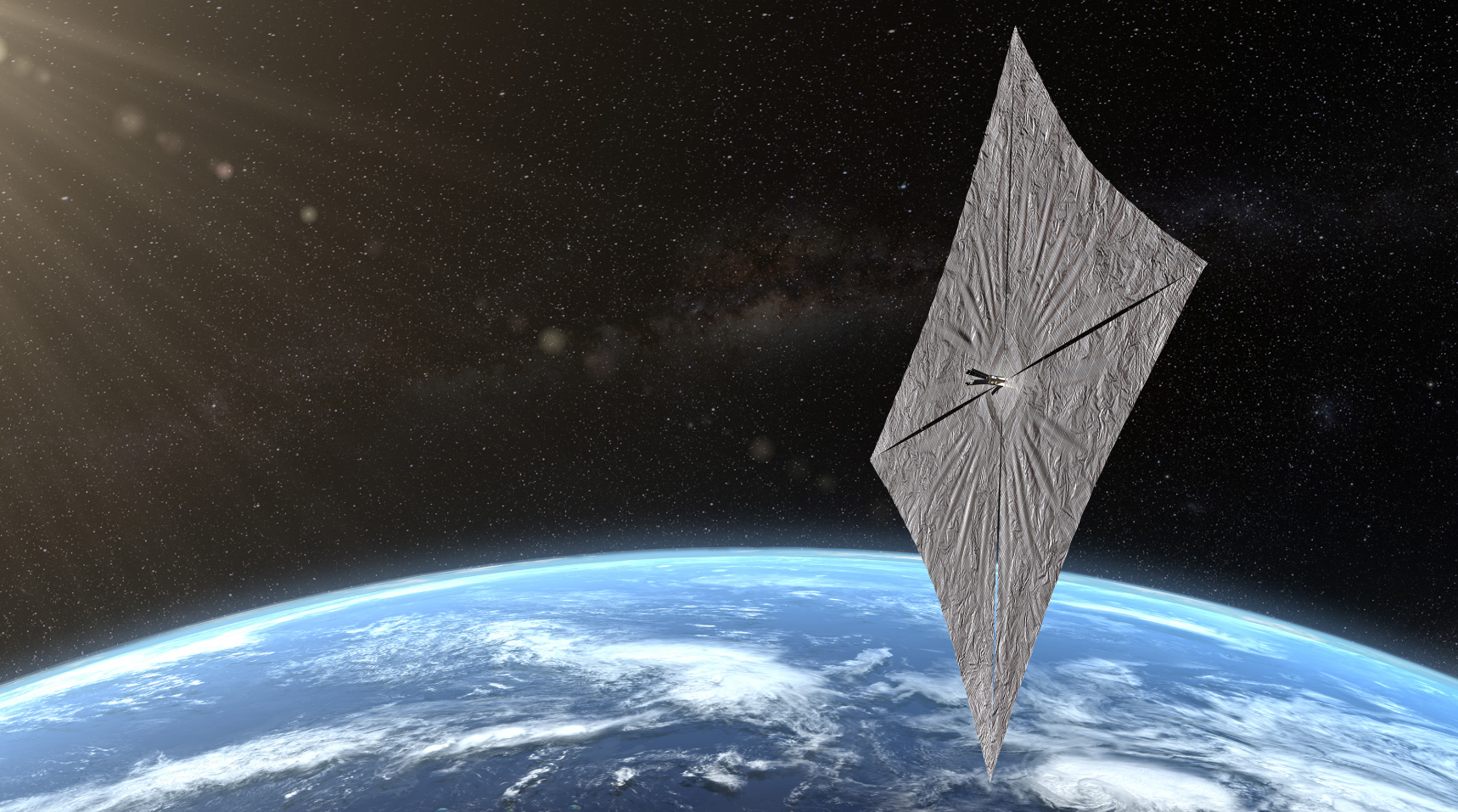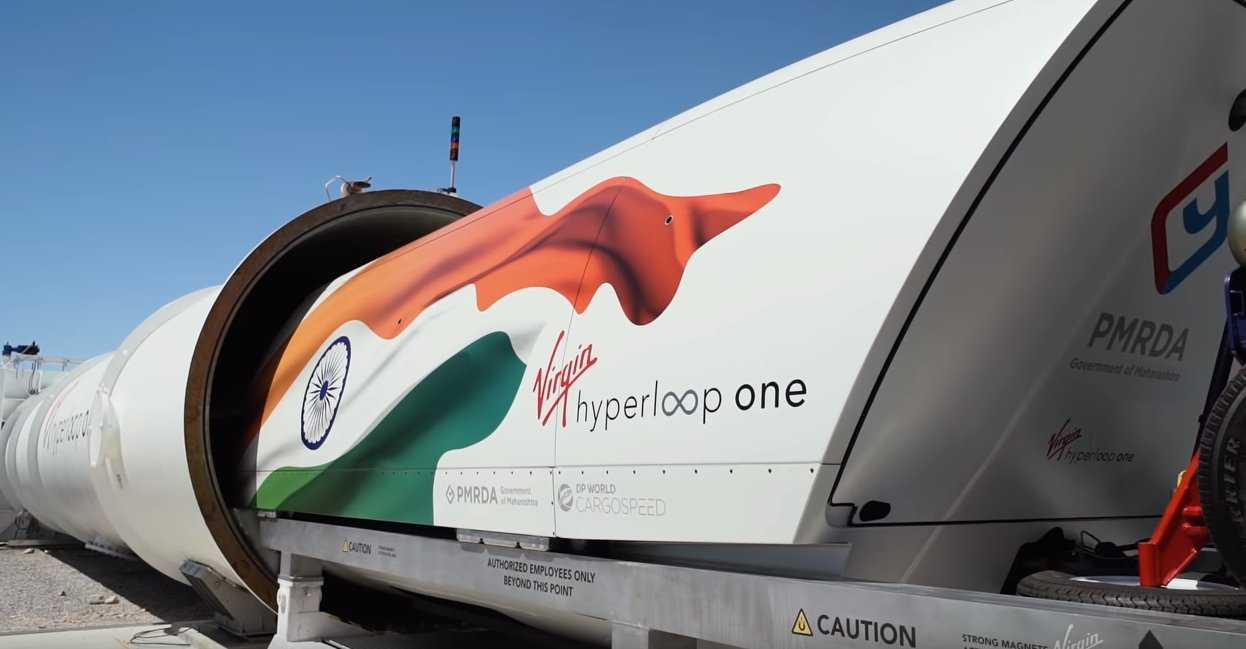From ion drives to plasma shields, these futuristic space technologies aren’t fiction — they’re real, tested, and reshaping our path to the stars.
What if I told you that some of the wildest tech in science fiction — from glowing plasma shields to sails powered by sunlight — already exists in real labs and space agencies?
In this post, I’m diving into 5 jaw-dropping technologies that sound like they were pulled straight from a Star Trek episode… but are entirely real.

1. Ion Drives — The Engine of Deep Space
Imagine a spaceship accelerating not with fire and fuel, but with a quiet, bluish glow.
That’s an ion thruster.
🔹 Instead of burning fuel, it uses electrically charged ions shot out at high speed
🔹 Provides low thrust — but runs for months or years
🔹 Already used on NASA’s Dawn, ESA’s BepiColombo, and many Earth-orbit satellites
NASA’s Dawn mission (2007–2018) used ion propulsion to visit Vesta and Ceres, becoming the first spacecraft to orbit two extraterrestrial bodies.
Ion drives can now operate for years, with fuel efficiency 10x greater than chemical propulsion.
Used in ESA’s BepiColombo (2020s) to Mercury and on multiple Starlink satellites.
It’s slow to start, but efficient enough to reach Mars with less fuel than chemical rockets.
Cool Fact:
- NASA’s NEXT ion engine ran for 48,000 continuous hours in a test — that’s over 5 years non-stop.

2. Solar Sails — Sailing on Sunlight
What if spacecraft didn’t need fuel tanks at all?
Solar sails use photon pressure from the Sun to propel a spacecraft.
No engines. Just giant reflective sails and sunlight.
🔹 The Planetary Society’s LightSail 2 successfully demonstrated solar sailing
🔹 NASA’s NEA Scout mission will use solar sail tech to fly to a near-Earth asteroid
🔹 Works forever as long as sunlight is present
This is how we might someday travel interstellar distances — slowly, but steadily.
Cool Fact:
- A solar sail traveling at just 0.01% the speed of light could reach Proxima Centauri in ~400 years — a potential interstellar probe strategy.

3. XNAV — Deep-Space GPS Using Pulsars
GPS doesn’t work in deep space.
So what if you could navigate using neutron stars?
That’s what XNAV (X-ray Navigation) does.
🔹 Uses pulsars — super-dense stars that pulse X-rays at predictable rates
🔹 NASA’s SEXTANT experiment on the ISS proved you can locate a spacecraft using pulsars alone
🔹 No Earth signal needed — it’s autonomous navigation for deep space
It used NICER’s X-ray telescope to detect pulsar signals and triangulate position to within 5 km.
This turns the universe itself into a cosmic positioning system.
Cool Fact:
- NASA calls it “GPS for the galaxy” — and it’s inspired by how pulsars were once mistaken for alien signals

4. Plasma Shields — Inspired by Force Fields
The dream of force fields might not be so fictional.
🔹 Scientists have experimented with plasma fields that could deflect charged particles from solar radiation
🔹 Boeing patented a concept for electromagnetic plasma shields to protect military vehicles
🔹 Still early, but research shows it’s possible to bend ionized air into a protective layer
If successful, this could help shield spacecraft from cosmic rays or solar storms.
Plasma shielding is being explored as part of Mars mission safety, especially during solar flares and galactic cosmic radiation.
Cool Fact:
- In tests, small plasma shields have blocked low-energy particle radiation — early steps toward real “force fields”.

5. In-Orbit Construction — Spacecraft That Build Themselves
Instead of launching one giant craft, why not build it piece by piece in space?
🔹 DARPA’s ROSE (Reconfigurable On-Orbit Satellite Architecture) is designing modular systems
🔹 NASA’s OSAM-1 will demonstrate satellite refueling and repairs
🔹 Robotic arms, autonomous drones, even 3D printing in orbit are now real
This is how we’ll build giant space stations, telescopes, or fuel depots — not on Earth, but up there.
Cool Fact:
- Instead of launching giant telescopes, we’ll soon build them in space, segment by segment — saving cost, time, and risk.
These five technologies are already redefining what’s possible in spaceflight, exploration, and autonomy.
And if these exist now…
what else from science fiction is quietly becoming science fact?










